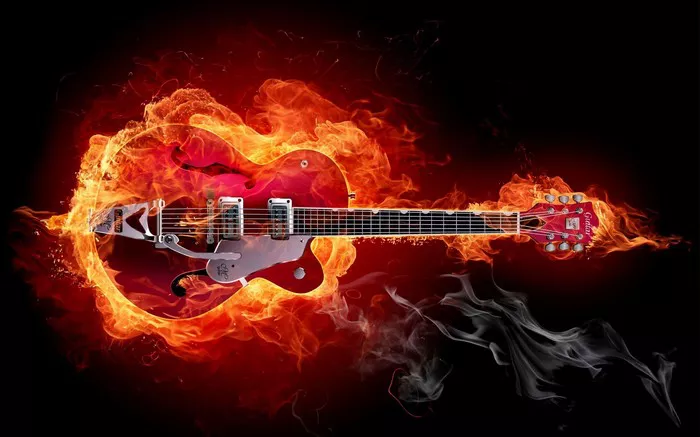Unraveling the Distinctive Threads of Musical Eras
The world of rock music has undergone several significant transformations over the decades, giving birth to various subgenres that cater to diverse tastes and preferences. One such division that often sparks discussions among music enthusiasts is the differentiation between modern rock and classic rock. While both these categories fall under the broader umbrella of rock music, they encapsulate distinct styles, eras, and cultural influences that have shaped the soundscapes of their respective times.
The Emergence of Modern Rock: From Hardcore Punk to Alternative Rock
The term “modern rock” has its origins rooted in the evolution of punk rock, specifically hardcore punk, during the late 1970s and early 1980s. Hardcore punk rebelled against the perceived commercialization of punk music, adopting a raw and aggressive sound combined with socio-political lyrics. As the punk movement evolved, it paved the way for alternative rock, a genre that embraced a more diverse range of influences, from post-punk to new wave.
Defining Modern Rock
Modern rock, as a term, became prevalent in the United States during the 1980s and onwards. It serves as a categorical marker to distinguish contemporary rock music from the classic rock era, which predominantly encompasses music recorded from the 1960s through the early 1990s. Modern rock encapsulates a wide array of styles and subgenres, from grunge and Britpop to indie rock and post-grunge.
Classic Rock: Nostalgia for the Golden Era
Classic rock, on the other hand, refers to the foundational rock music that laid the groundwork for the genre’s global prominence. The classic rock era is characterized by iconic bands and artists such as The Beatles, The Rolling Stones, Led Zeppelin, and Pink Floyd. This era witnessed the fusion of rock with elements of blues, folk, and psychedelia, giving rise to anthems that have stood the test of time.
The Sound and Stylistic Differences
One of the most prominent distinctions between modern rock and classic rock lies in their sound and production. Classic rock often features a more analog and raw production quality, reflecting the technological limitations of its time. Guitars, drums, and vocals took center stage, with intricate compositions and extended instrumental solos.
Modern rock, on the other hand, benefits from advancements in recording technology, resulting in cleaner and more polished sounds. The rise of digital recording techniques has allowed for experimentation with layered instrumentation, electronic elements, and effects. The song structures are more varied, and lyrical themes encompass a wider range of topics, reflecting the changing sociocultural landscape.
Cultural and Sociopolitical Influences
Classic rock emerged during a period of significant sociopolitical upheaval, with songs often serving as anthems for social change, anti-establishment sentiments, and counterculture movements. In contrast, modern rock is influenced by a postmodern worldview, where genres and styles are cross-pollinated, and cultural references are more eclectic.
FAQs About Modern Rock and Classic Rock
1. Are there any overlaps between modern rock and classic rock?
Yes, there can be overlaps, especially in bands that have stood the test of time. Some classic rock bands, such as U2 and The Cure, transitioned into the modern rock era and continued to release music with contemporary influences.
2. What are some examples of modern rock bands?
Modern rock encompasses a diverse range of bands, including Nirvana, Radiohead, Pearl Jam, and Foo Fighters. These bands have incorporated various styles and have contributed to the evolution of rock music.
3. How has the way we consume music impacted the distinction between these eras?
The advent of digital platforms and streaming services has led to a more fluid listening experience, where listeners can easily access both classic and modern rock. This has encouraged the cross-pollination of musical influences and the blurring of genre boundaries.
In Conclusion: A Dynamic Musical Continuum
The differentiation between modern rock and classic rock serves as a reminder of the ever-evolving nature of music. These categories reflect the changing tastes, technologies, and cultural contexts that shape the soundscape of each era. While classic rock is cherished for its nostalgic and foundational role, modern rock continues to push boundaries, embracing a diverse array of influences that resonate with contemporary listeners. Whether you find solace in the vintage melodies of classic rock or the innovative sounds of modern rock, the beauty of rock music lies in its ability to bridge generational gaps and speak to the human experience across time.

